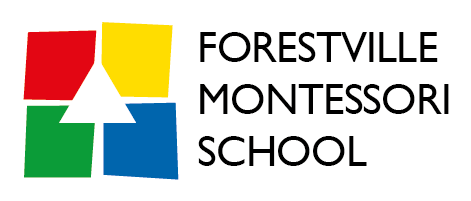Storytellers of the Truth
The children in the 6-9 class are no longer the sensorial explorers
that they once were in their younger years.
They are now interested in what cannot be seen.
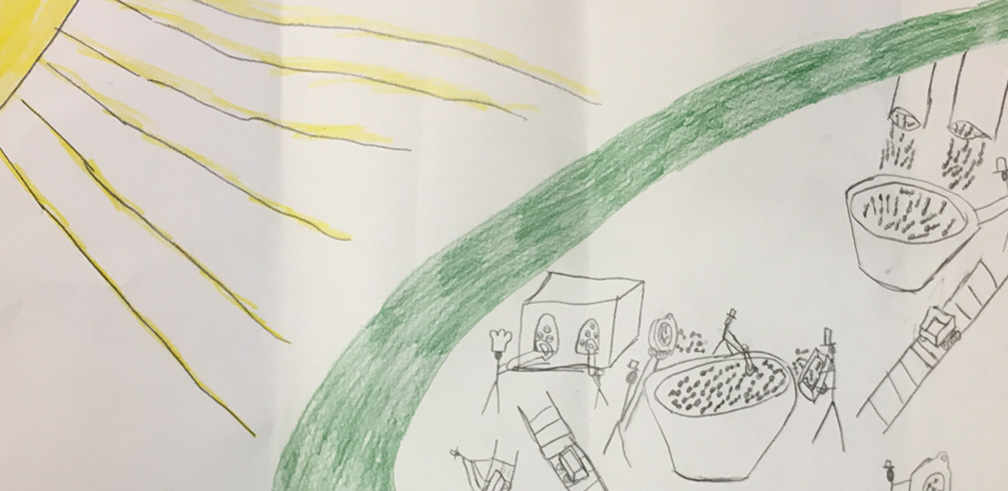
Trish Terrey, Director 6-9 Environment
They now long to explore beyond what is offered to their immediate senses, beyond the immediate facts, and seek to understand the hows and whys of the way things function.
Fortunately, nature endows the 6-12 year old child with a reasoning mind and the gift of imagination. These two characteristics enable the child to explore the invisible and the reasons for those facts that s/he has come armed with from the first plane. This is where true creativity comes from.
Our lessons in the 6-9 classroom are therefore given with an appeal to their imagination and an appeal to reason. Mario Montessori described his mother as ‘as storyteller of truth’ and it is those stories of the universe and all its furnishings that will serve the child’s need to explore the invisible; the beginning of the universe; the beginnings of life on earth; its plants and animals; and human beings and their societies.
Many of our presentations include imaginative stories, often accompanied by charts, demonstrations or experiments, or sometimes pictures or photographs. These serve to give impressions, to stir the child’s imagination, and to encourage them ponder and find out the reasons for those facts themselves.
The story of ‘The Leaf as a Food Factory’ is an example of one of these presentations. We begin by posing the question:
“I wonder how plants eat? Well, I have a little story to tell you about how they eat… Each leaf contains water and each drop of water contains two particles of hydrogen and one particle of oxygen.
With the help of the sun, the green colour in the leaf separates the two hydrogens from the one oxygen. The hydrogen is then taken in and mixed with a gas from the air; a gas that’s called carbon dioxide and this is how the leaf makes the food for the plant.
This mixture gets cooked by the sun and turned into food. The oxygen that’s not used is thrown off as a waste. In this way each leaf is like a ‘food factory’, making food for the whole plant”.
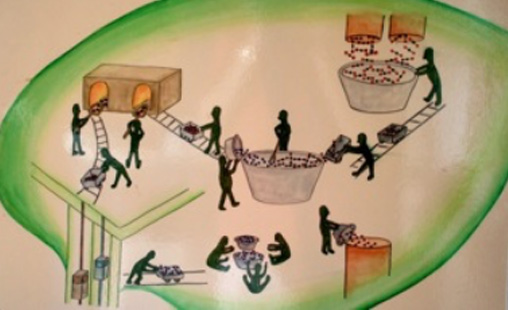 We then show the children a chart illustrating the process and retell the whole story again. In this way, we have set the stage to introduce the characters that will open the doors into the functioning universe. Who knew that such a marvellous and important task was being accomplished everyday, right under our noses?! Children develop a whole new level of respect for plants with this lesson!
We then show the children a chart illustrating the process and retell the whole story again. In this way, we have set the stage to introduce the characters that will open the doors into the functioning universe. Who knew that such a marvellous and important task was being accomplished everyday, right under our noses?! Children develop a whole new level of respect for plants with this lesson!
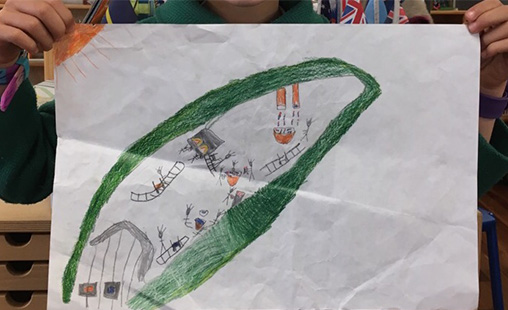 The 6-9 year old mind will naturally then begin to ponder “…what would happen if this task stopped being performed by each of these leaves? Could human beings still go on living?” They begin to sense the delicate interdependence between plants and animals (including human beings), and the sun, rocks and air. We can go further to question human beings and their tasks on earth and in this universe. Children gradually become aware of their own task in this world… all beginning from one little story of the function of the leaf!
The 6-9 year old mind will naturally then begin to ponder “…what would happen if this task stopped being performed by each of these leaves? Could human beings still go on living?” They begin to sense the delicate interdependence between plants and animals (including human beings), and the sun, rocks and air. We can go further to question human beings and their tasks on earth and in this universe. Children gradually become aware of their own task in this world… all beginning from one little story of the function of the leaf!
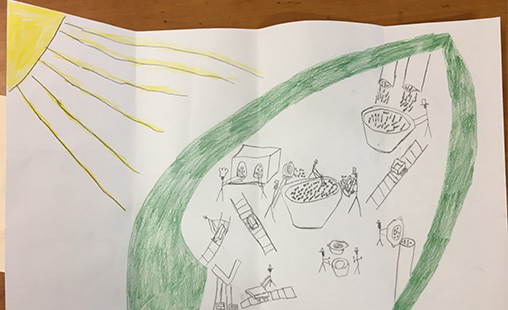 With their imagination and curiosity sparked, the children are eager to create their own follow-up ideas. Some begin by exploring outside and collecting leaves to compare and study, whilst others create leaf rubbings or artworks from. Others are keen to create their own ‘food factory’ drawings or models, retelling the story to each other as they work. Many more presentations will follow, fuelling their kindled interest in leaves, plants and surprising functions and varieties.
With their imagination and curiosity sparked, the children are eager to create their own follow-up ideas. Some begin by exploring outside and collecting leaves to compare and study, whilst others create leaf rubbings or artworks from. Others are keen to create their own ‘food factory’ drawings or models, retelling the story to each other as they work. Many more presentations will follow, fuelling their kindled interest in leaves, plants and surprising functions and varieties.
